The Oomnitza Winter 2023 release brings the power, expandability and flexibility of Enterprise Technology Management (ETM) to a wider audience, and provides our customers more insight and greater ability to automate key business processes for their technology assets. This release builds upon our Fall 2022 theme of ‘low code,’ and delivers an expanded set of platform configuration capabilities to accelerate time to value.
Oomnitza provides a wide range of capabilities to support and automate key business processes. The combination of our platform, functionality, automation, and flexibility empower customers to improve efficiency, reduce risk, and help better manage processes to reduce cost, while supporting their needs as they grow and mature.
Oomnitza includes automated processes based on best practices that are ready to use out-of-the-box. Each organization, however, may want to define, track and automate additional business processes for different types of technology objects. The Oomnitza ETM platform’s low code capabilities empower non-technical users and administrators, who are typically closer to the processes, the ability to define and configure an automated workflow solution to address their needs without coding.
In this blog, we will cover the primary enhancements in the Winter 2023 release across four areas: platform, accessories management, software management, and new integrations.
Platform
Platform enhancements go across the entirety of your IT estate, enabling you to better address your security, automation, compliance, audit, user experience and IT spend management initiatives. For the Winter 2023 release, as mentioned above, we are focusing on low code (i.e. more configuration, less customization). Platform enhancements include:
Unified view of standard and custom objects
This is just one example of several additional enhancements delivered to provide the same set of capabilities offered by the standard (i.e. out-of-the-box) objects to custom (i.e. customer created) objects. Prior to this release, the standard and custom objects were in separate views. This enhancement provides a single/consolidated view of all objects. This consolidated view empowers the Administrator for faster access to key information for each object including records, fields and workflows. To access this new page, simply go to Configuration -> Objects.
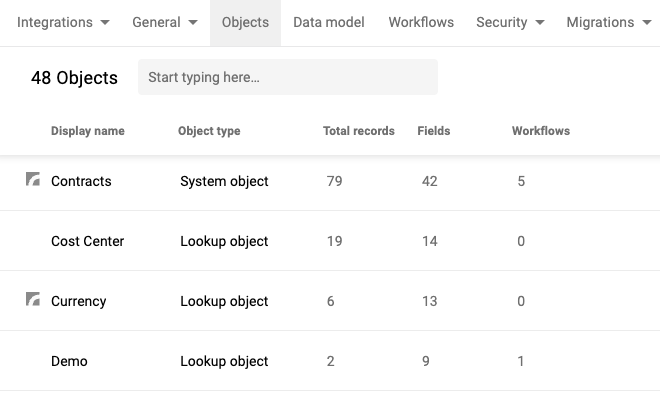
Unified view of workflows across key business processes
The view and management of workflow has evolved these last few releases, now providing a consolidated and filtered view of all workflows for improved monitoring and management across key business processes. In addition, this consolidated view includes an advanced search capability to search across objects. This powerful search capability enables users to search and filter based upon a wide range of criteria including key business processes (ex. Onboarding, Offboarding), status, created by, etc…
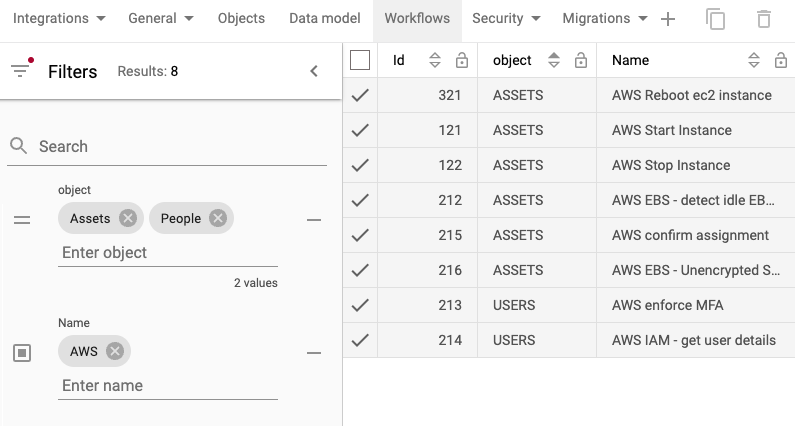
Import and export of custom objects
The same import and export capabilities available with standard objects are now available with custom objects. Prior to this release, the importing and exporting of custom objects was limited to using APIs which may not be a simple task. Typically, an import was via manual entry, which was not always practical. This no code solution leverages the simplified import and export options on standard objects on all custom objects making it very easy to perform these activities. A user can now easily import and export data using these no code, wizard options. For imports, simply select the file, a few import options and map the fields using the smart mapping feature. For exports, just select the format and location and export away. It is that easy!
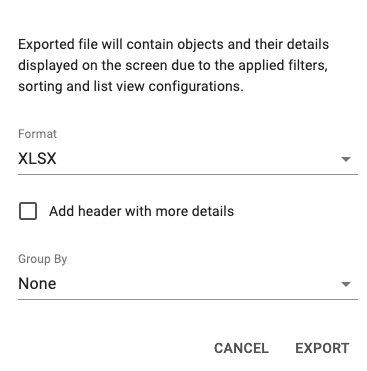
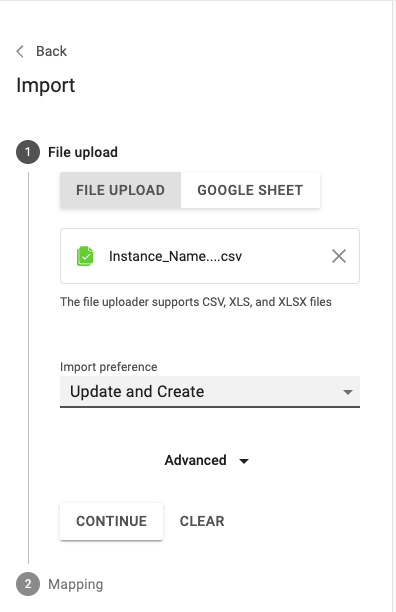
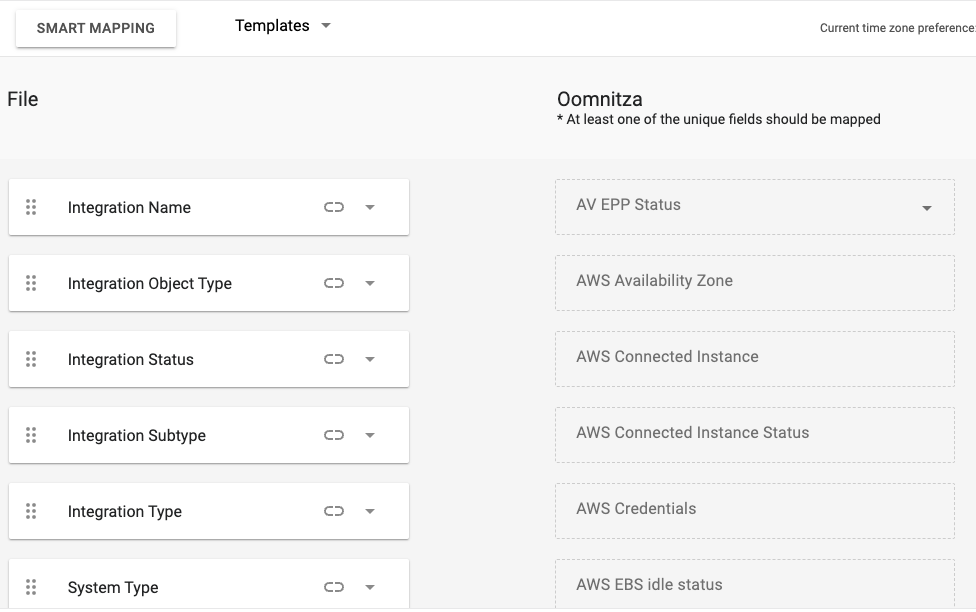
Dashboard now includes custom objects
The dashboard has been expanded to include custom objects. Prior to this release, custom objects were not available for dashboard widgets. All objects, including custom objects are now available when creating a new widget under the data source option. With the increased adoption of custom objects and the unlimited ways to use them, customers can now leverage them on dashboards for improved management and analysis.
Workflow surveys
Surveys, a powerful new feature, has been added to workflow to provide a formatted engagement with end users. Prior to this release, workflow could trigger emails to request data, but not be able to easily update field values based upon end user’s responses. Workflows now include a configurable survey option for the Administrator to present a formatted set of questions and collect key information (aka variables) to maintain or enhance the data and key business processes. In the example below, a survey, triggered by an asset status change, was created to capture key information around the loss or theft of an asset.
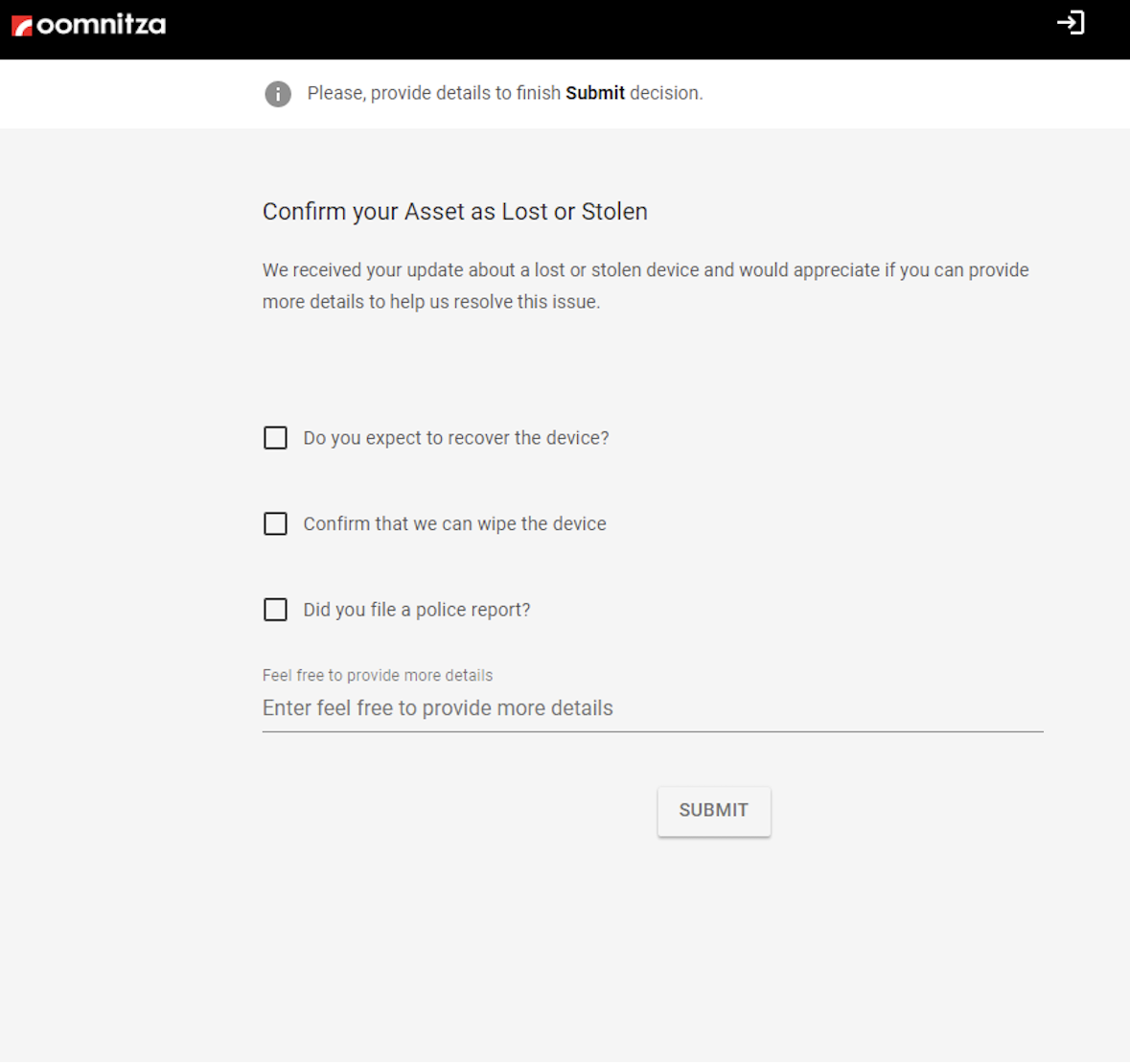
Simplification and expansion of API presets
A new Oomnitza block has been added to include all API endpoints with a more streamlined setup. Prior to this release, Oomnitza presets required several steps to access and credentials even though a user was already logged into the solution. A new Oomnitza block with presets has been added to the General section in Workflows which now includes all API endpoints, many more than provided prior to this release while no longer requiring credentials. The new Oomnitza block provides a more simplified and intuitive way to locate all API endpoints.
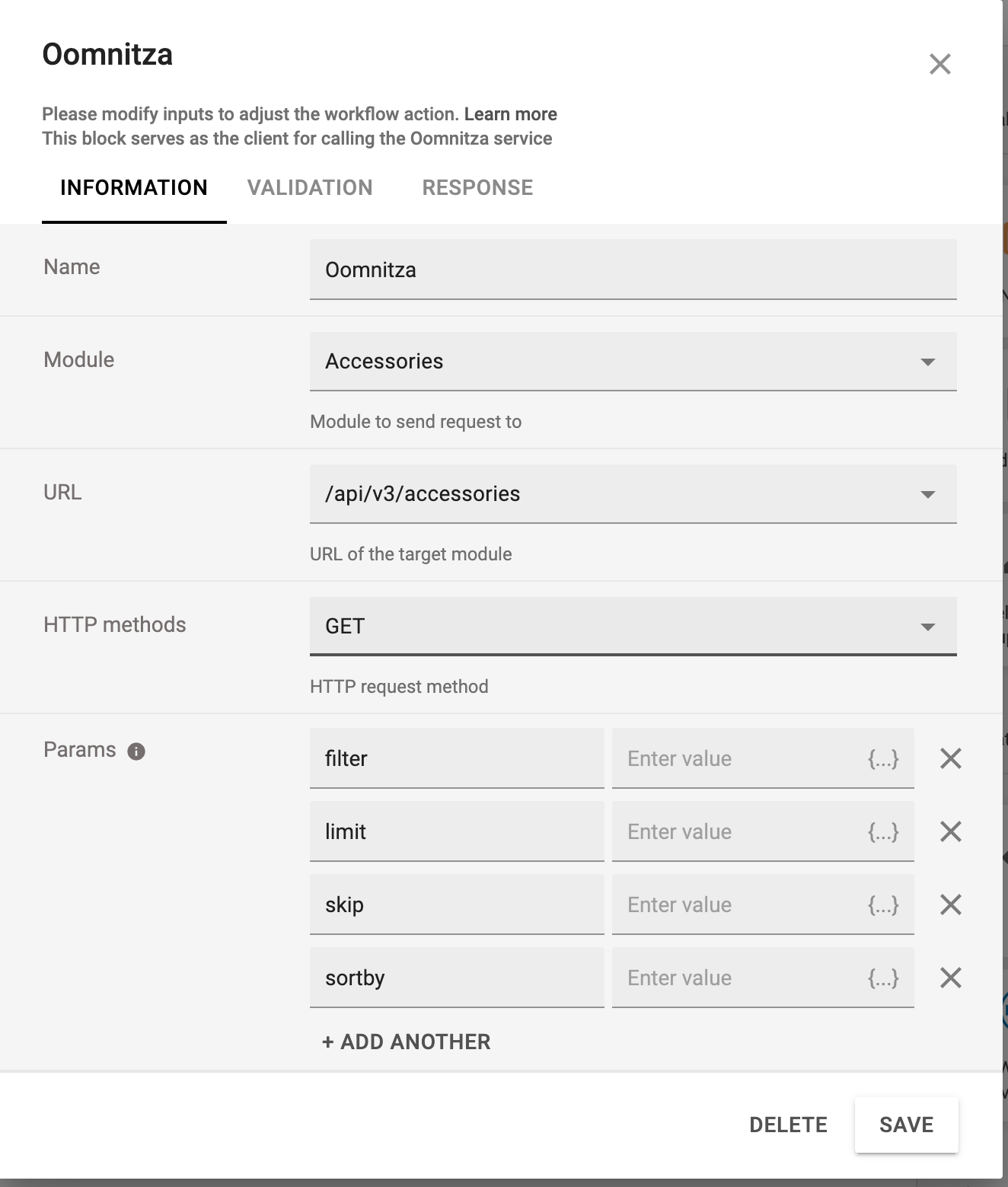
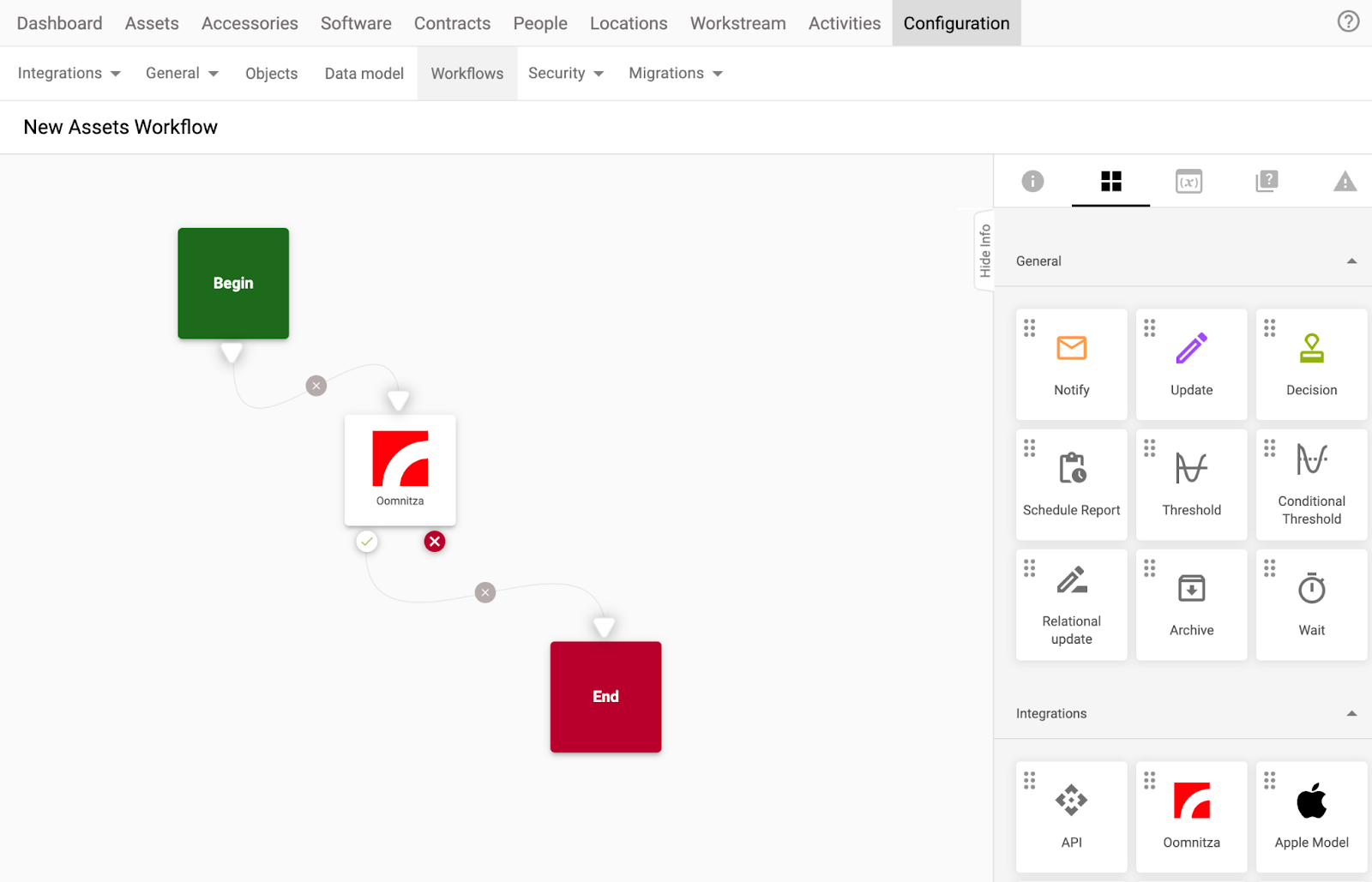
Review available workflows on objects
Preview a selected workflow from an object record before running it. Prior to this release, a user could run a workflow from an object’s record (ex. Asset People, Contracts), but was not able to view any details about it. A user could only see the workflow name. A ‘View’ button has been added so a user can view details on a selected workflow before running it on the object record, ensuring the correct workflow was selected without having to navigate separately to the workflow page to confirm it is the correct workflow.
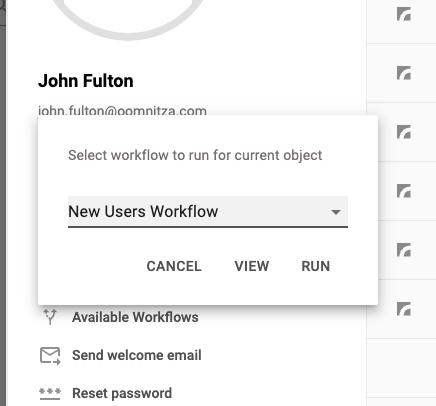
Quickly identify related workflow blocks
No matter how complex or involved your workflow gets, quickly view related workflow blocks by hovering over any object. As workflows get more complicated with more blocks and lines, it can become more difficult to see the relationships. A simple hover over option bolds the object and all related links, highlighting the immediate relationships. The additional clarity makes it easier for a user to view and manage the more complex and involved workflows.
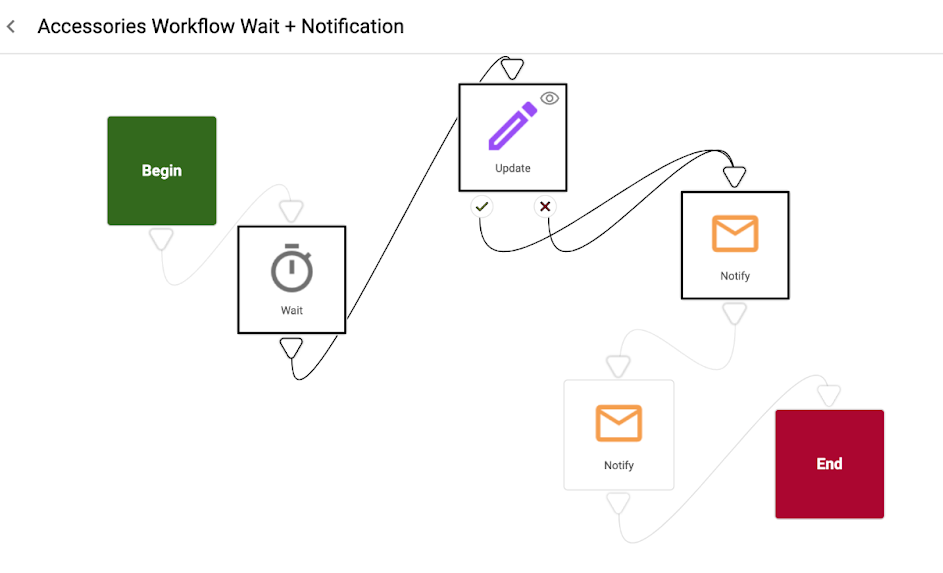
Enhanced filtering of workflow log errors
Quickly identify and filter workflow logs with the addition of more precise filtering options. Prior to this release, there wasn’t a way to filter workflow logs based upon errors making it challenging to troubleshoot workflow issues. An enhanced filter was added to enable users to filter based upon errors (i.e. existing, counts). Users can now wade through a potentially long list of logs to focus on any errors based upon an error or number of errors. The new options include less than, more than, equal or less than, and equal or more than.
Workflow status dashboard widget
Get quick insight into all workflow activities for troubleshooting and monitoring, with a single place to view and monitor. This new out-of-the-box widget enables users to track the status of all workflows within a single view based upon the selected time frame of the last 7 days, last 3 days, or today. This single view of workflows and their status empowers a user to quickly zero in on any workflows which may have issues and/or errors to proactively troubleshoot and resolve.

Statistical options on donut charts
A new option has been added to configure a donut chart to either present the percentage or numeric value. Prior to this release, only percentage was an option to present on a donut chart. Some users requested the ability to see the numeric value in some situations. Users now have the option to choose between the percentage and numerical value on a donut chart.
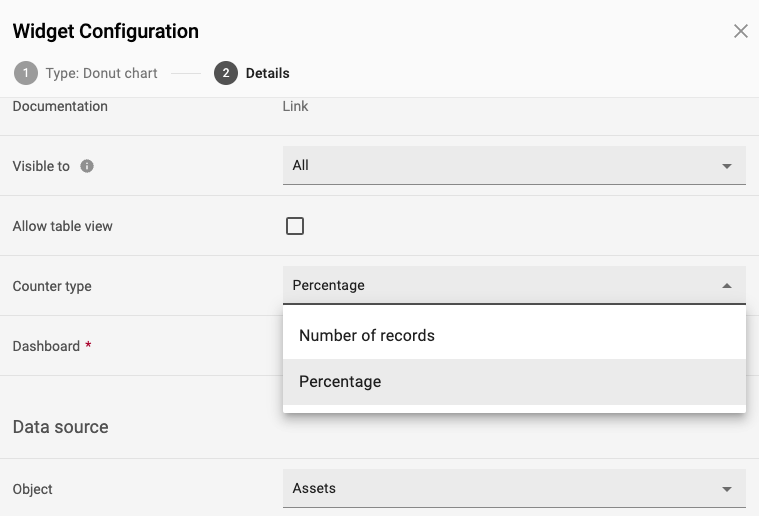
Auto-fresh option added to dashboard
A new option has been added to the widget configuration to control the auto refresh. Prior to this release, all dashboard widgets automatically refreshed every 60 seconds. In the case when a dashboard had a large number of widgets and covered a wide range and volume of data, performance could have been impacted. The new auto refresh option enables an Administrator to define which widgets auto refresh. This option will be turned off by default. Enhanced control at the widget level enables users to control the auto refresh rules, reduce unnecessary refreshes and improve performance.
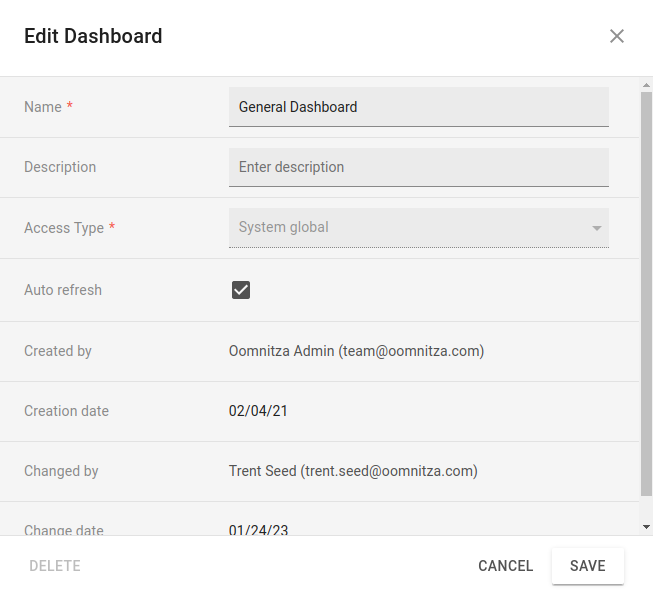
Software Management
Budget costs added to regular contract types
A more consistent set of contract capabilities is now provided across the numerous contract types with the addition of the budgeted cost tab to the regular contract type. Prior to this release, SaaS and Enterprise contract types include the budgeted cost tab to track detailed financials and support currency conversions. Regular contracts did not include this tab. The budgeted cost tab has been added to Regular Contract types to support the same level of financial capabilities and currency conversions. Regardless of the contract type, a customer can track additional financials and leverage the currency conversion capabilities.

Accessories
Triggering of workflows when stockroom thresholds are reached
Workflows can now be automatically triggered when the threshold count for Accessories is reached. Prior to this release, a user could define the maximum and minimum threshold values for Stockroom Accessories; however, there is no notification in place if an accessory crosses either threshold. There is a new workflow category called Stockroom Action along with new parameters for the maximum and minimum values for the begin block. The workflow will automatically trigger based on the values in the Begin block which removes the need to manually go into the Stockroom to see the accessory counts and maintain the necessary stock levels.
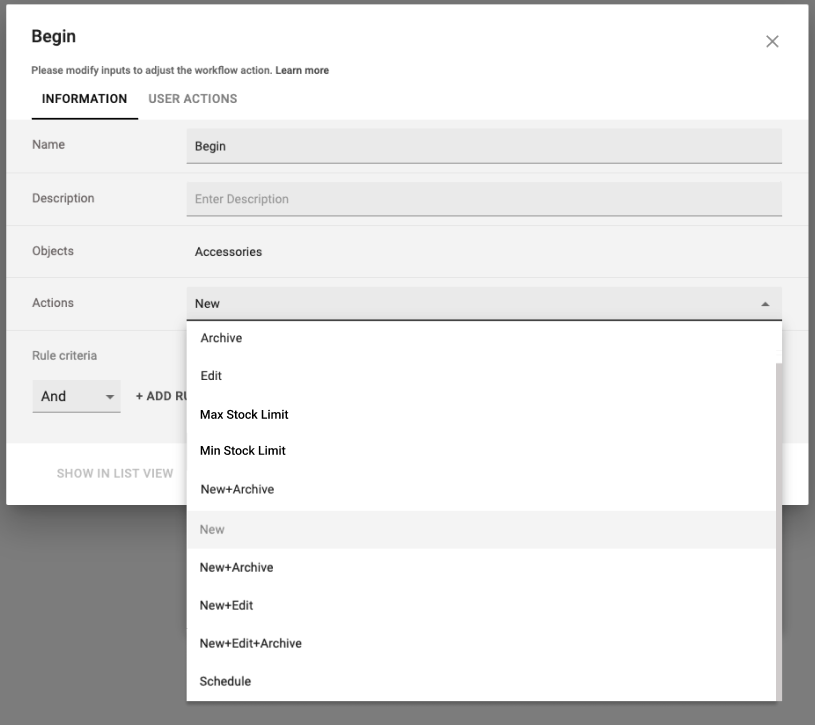
Enhanced offboarding of accessories and assets
Easily offboard Accessories and Assets from the People/user object. Prior to this release, offboarding and returning of Accessories and Assets could have been done individually (i.e. from the asset or accessory pages) or through workflows which was not the most optimal way. The ability to offboard Accessories through the People/user object has now been added. In addition, you can now un-assign assets via the Assets tab of the user object which results in quicker results with less clicks.
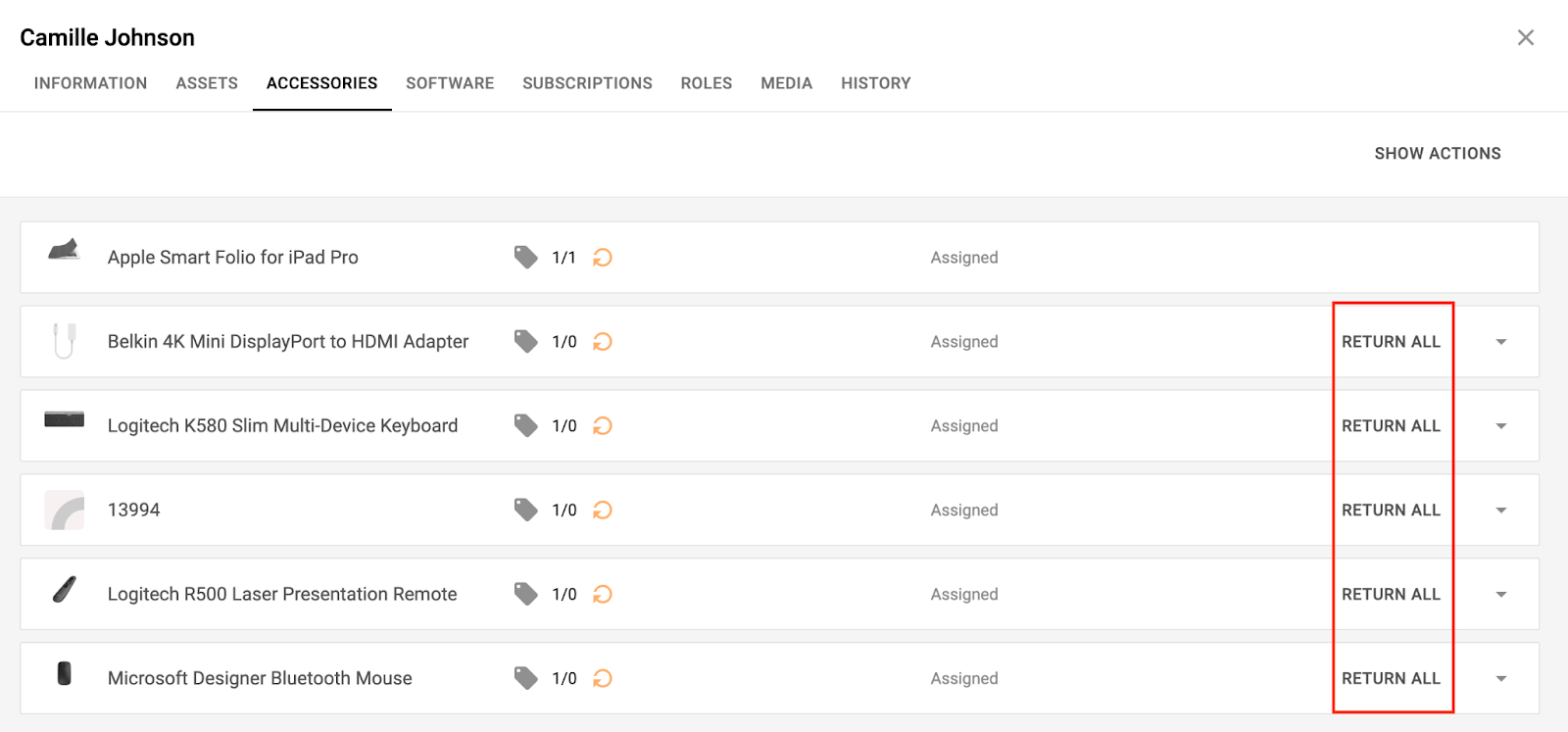

New Integrations
We continue to expand our integration portfolio with over 1,200 integrations across more than 150 vendors. New integrations added since the prior release are highlighted below. Please refer to the release notes for a more detailed list of integrations recently added and updated.
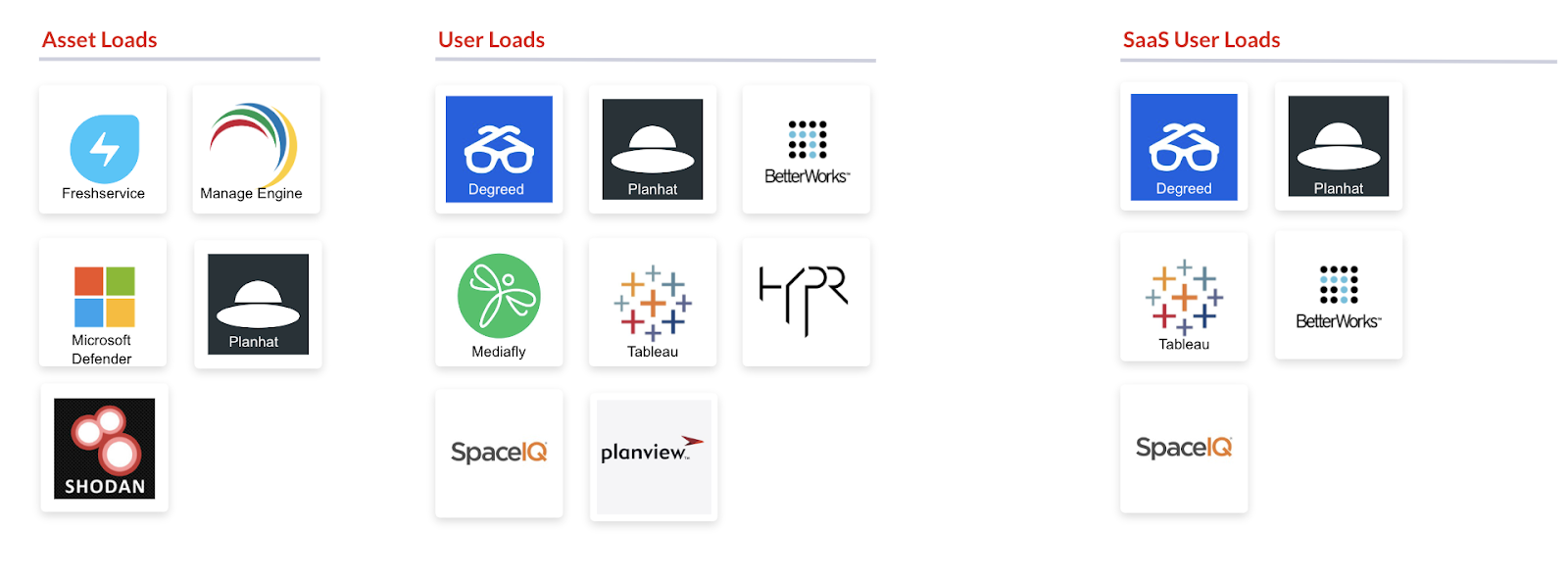
Most new features in this release were developed based on customer feedback. Oomnitza always strives to be customer-centric and the enhancements included in this release are a testament to that. We encourage our customers to continue providing us with feedback and requirements.
Be sure to watch the Oomnitza Winter 2023 release webinar. In under an hour, we walk you through each of the new features in more detail, and provide a demo of the capabilities.
 IT Asset Management (ITAM) newsletters don't have to be a snooze...
IT Asset Management (ITAM) newsletters don't have to be a snooze...